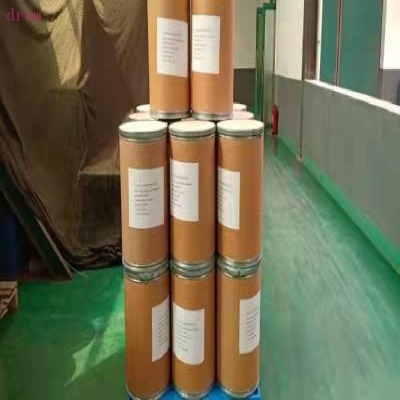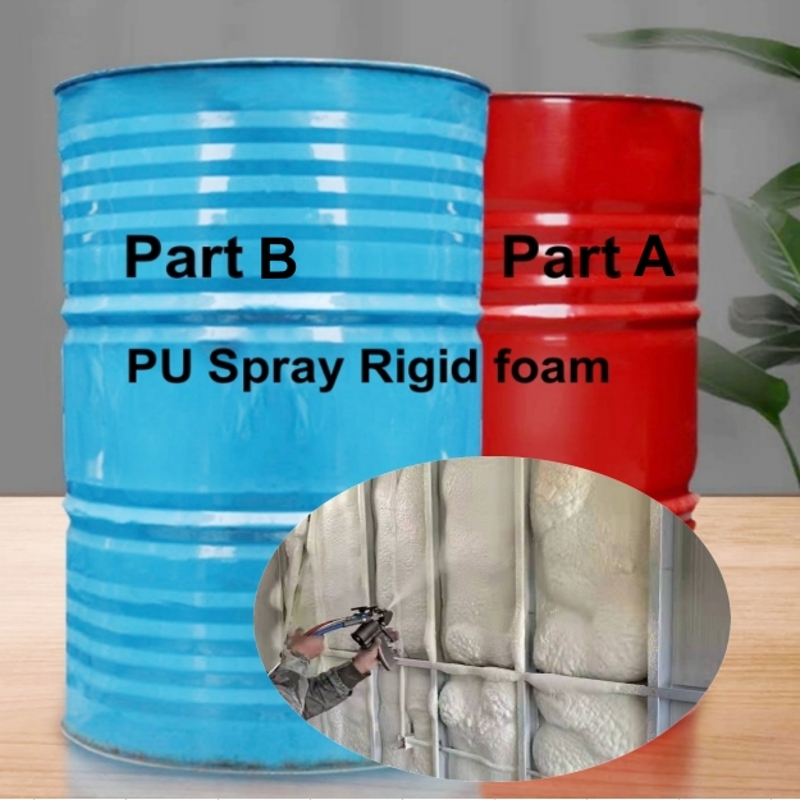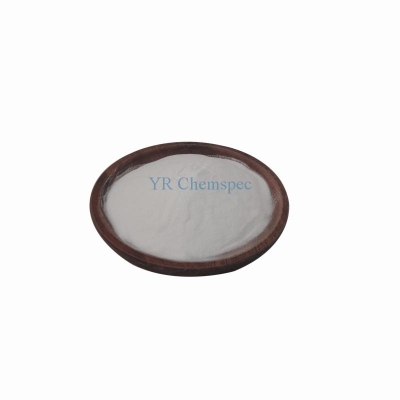-
Categories
-
Pharmaceutical Intermediates
-
Active Pharmaceutical Ingredients
-
Food Additives
- Industrial Coatings
- Agrochemicals
- Dyes and Pigments
- Surfactant
- Flavors and Fragrances
- Chemical Reagents
- Catalyst and Auxiliary
- Natural Products
- Inorganic Chemistry
-
Organic Chemistry
-
Biochemical Engineering
- Analytical Chemistry
- Cosmetic Ingredient
-
Pharmaceutical Intermediates
Promotion
ECHEMI Mall
Wholesale
Weekly Price
Exhibition
News
-
Trade Service
Recently, the team of researchers Zhong Liangshu and Sun Yuhan of the Shanghai Advanced Research Institute of the Chinese Academy of Sciences prepared a new modified ruthenium-based Fischer-Tropsch synthesis route (FTO) catalyst, which realized the direct conversion of syngas with high carbon efficiency to produce long-chain α-olefins
.
The research team developed alkali metal modified ruthenium-based catalysts, which were applied to the direct conversion of syngas to prepare olefins, and the modified ruthenium-based catalysts showed excellent catalytic performance
.
Compared with the currently studied syngas to olefin catalytic system, the modified ruthenium-based catalyst showed the lowest C₁ by-product selectivity, the highest total olefin selectivity and yield, and the olefin yield exceeded 50%.
The experimental results show that under the conversion rate of 45.
8% carbon monoxide, the selectivity of olefins can be as high as 80.
1%, of which 74.
5% olefins belong to C₅+ long-chain α-olefins, and the total selectivity of methane and carbon dioxide is less than 5%, reflecting a very high carbon efficiency
.
It is worth mentioning that the catalyst is suitable for syngas
obtained from almost all carbon-containing resources.
In addition, with this catalyst, the selectivity of C₁ by-products is still less than 5%
under near-industrial reaction conditions.
At the same time, the catalyst has good stability and excellent industrial application prospects
.
This study shows that the directional regulation of product selectivity can be realized through the precise regulation of the chemical environment at the catalyst surface, which provides a new solution to
the key scientific problem of selective regulation of syngas conversion products.
Olefins include low-carbon olefins and long-chain α-olefins
.
In recent years, major breakthroughs have been made in the direct production of syngas to olefins
.
However, in the catalytic system currently studied, the selectivity of C₁ by-products in the product is high, which reduces the carbon utilization efficiency and olefin yield of the reaction process
.
Under the background of "dual carbon", it is urgent to develop a new catalyst for direct conversion of high-carbon efficiency syngas to olefins, greatly reduce the selectivity of C₁ by-products, and achieve high-activity and high-selectivity to obtain long-chain α-olefins, so as to achieve the purpose of
energy saving, emission reduction and efficiency increase.







